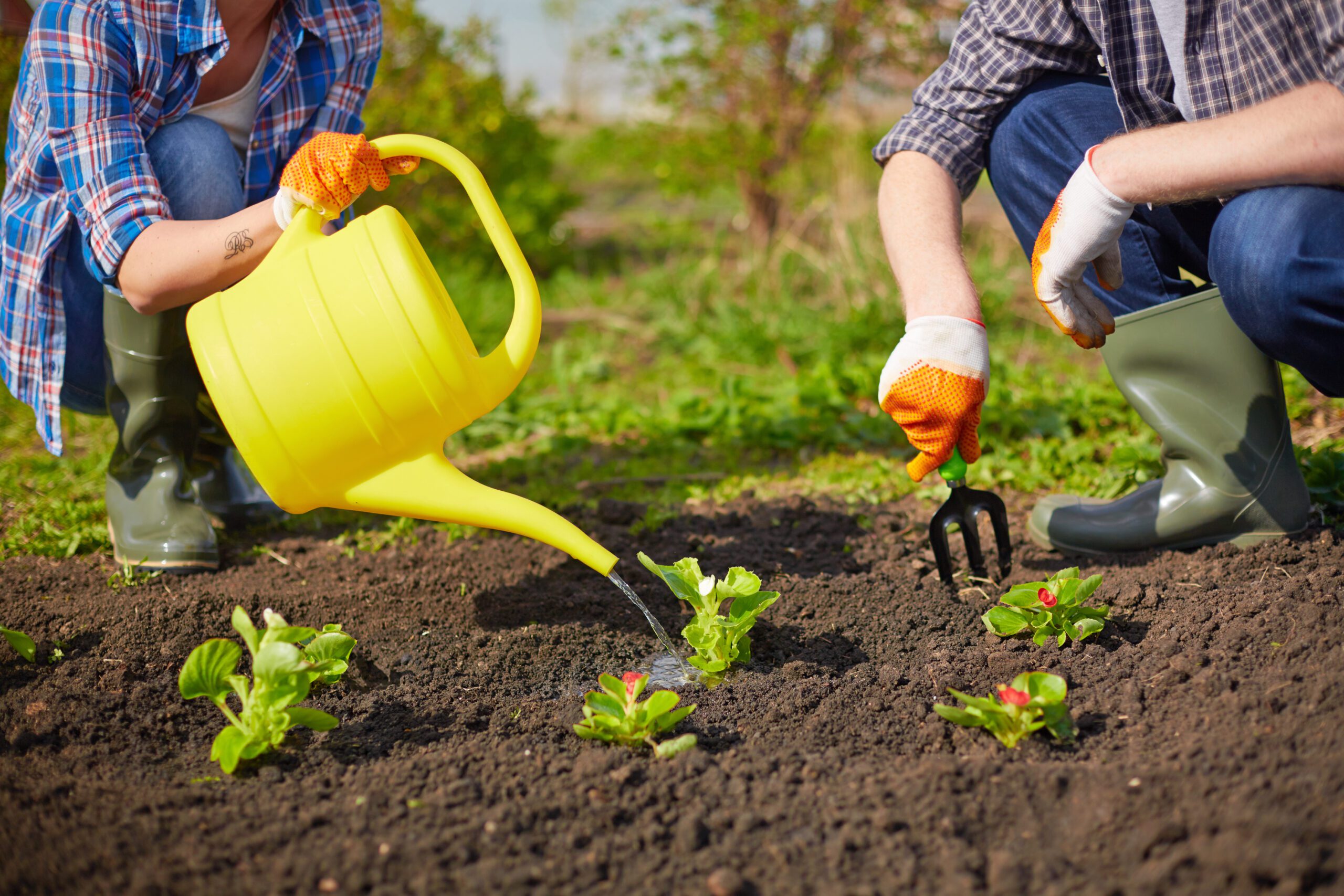As the weather warms up and spring turns into summer, many homeowners are starting to think about their lawns. A lush green lawn can be a beautiful addition to any yard, but it requires proper care and maintenance to keep it looking its best. In this blog post, we’ll cover some essential tips for maintaining a healthy lawn, as well as how to prevent and treat common lawn diseases.
Essential Tips for a Lush Green Lawn:
1. Water your lawn regularly, but don’t overwater it. Your lawn needs around an inch of water per week to stay healthy.
2. Mow your lawn at the right height. The ideal height depends on the type of grass you have, but generally speaking, you should aim to cut off no more than one-third of the blade each time you mow.
3. Fertilize your lawn regularly. This will help your lawn grow strong and healthy, and will also help prevent disease.
4. Aerate your lawn every year or two. This helps improve soil drainage and encourages root growth.
The Importance of Proper Lawn Mowing Techniques:
Proper lawn mowing techniques are important because they can affect the overall health and appearance of your lawn. Here are some tips for proper lawn mowing:
1. Use a sharp mower blade. Dull blades can tear the grass instead of cutting it cleanly, which can lead to injury and disease.
2. Cut your lawn when it’s dry. Wet grass can clump together and make it difficult to get a clean cut.
3. Don’t remove too much of the grass blade at once. As mentioned earlier, you shouldn’t cut off more than one-third of the blade each time you mow.
Choosing the Right Fertilizer for Your Lawn:
Fertilizers provide essential nutrients that your lawn needs to thrive. When choosing a fertilizer, consider the following factors:
1. Nitrogen content. Nitrogen is an important nutrient that promotes leaf growth and green coloration. Look for a fertilizer with a high nitrogen content (around 25%) if you want a lush, green lawn.
2. Phosphorus content. Phosphorus is another important nutrient that promotes root growth and seed germination. If you’re establishing a new lawn or trying to repair damaged areas, look for a fertilizer with a higher phosphorus content (around 30%).
3. Potassium content. Potassium is important for overall plant health and disease resistance. Look for a balanced fertilizer with equal amounts of nitrogen, phosphorus, and potassium (NPK ratio).
How to Prevent and Treat Common Lawn Diseases:
Lawn diseases can be frustrating and difficult to deal with, but there are steps you can take to prevent them from occurring in the first place. Here are some common lawn diseases and how to prevent and treat them:
1. Brown patch. This fungal disease causes circular patches of dead grass. To prevent brown patch, avoid overwatering and excessive use of nitrogen fertilizer. If you notice signs of brown patch, apply a fungicide and adjust your watering and fertilizing habits accordingly.
2. Leaf spot. Another fungal disease, leaf spot causes small spots on individual leaves. To prevent leaf spot, rake up fallen leaves and debris, and avoid walking on wet grass. If you see signs of leaf spot, apply a fungicide and improve air circulation by pruning trees and shrubs.
3. Grub worms. These pests feed on the roots of your grass, causing damage and making your lawn vulnerable to other problems. To prevent grub worms, apply a preventative insecticide in late May or early June. If you already have grub worms, apply an insecticide in August or September when the larvae are most active.
In conclusion, maintaining a healthy lawn takes effort and attention, but it’s worth it for the beauty and enjoyment it brings to your outdoor space. By following these tips and taking proactive measures to prevent and treat common lawn diseases, you can ensure that your lawn stays lush and green all season long.






